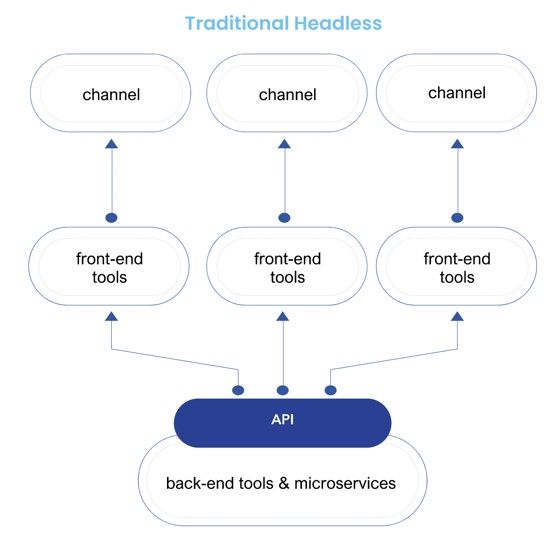- Products
- Fastr Workspace
- Fastr Optimize
- AI-driven CRO that shows where your site leaks revenue and what fixes drive lift — instantly.
- Learn More >
- Fastr Frontend
- AI-native DXP that lets teams design, launch, test, and personalize experiences fast — no developers.
- Learn More >
- Fastr Publications
- Turn PDFs into interactive, shoppable digital catalogs that drive conversion.
- Learn More >
- Fastr Payments
- Enterprise-grade checkout and payments.
- Learn More >
- Fastr Subscriptions
- Flexible subscription management that drives retention and revenue.
- Learn More >
- AI-First
- AI Co-Pilots
- Accessibility Compliance
- SEO, GEO, & AEO Optimization
- Site Performance
- Import Figma Files
- Frontend Visual Designer
- Immersive 3D
- Professional Services
- Use Cases
- Resources
- Pricing
- Company
